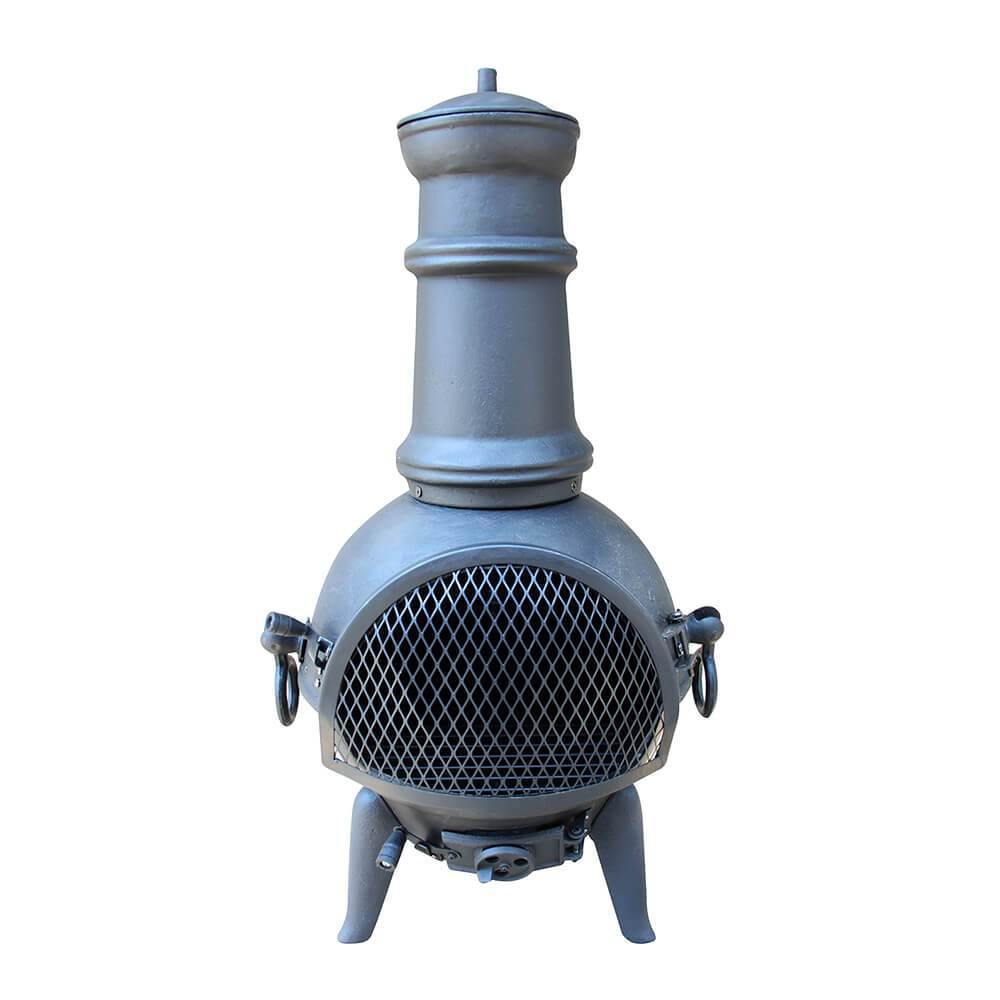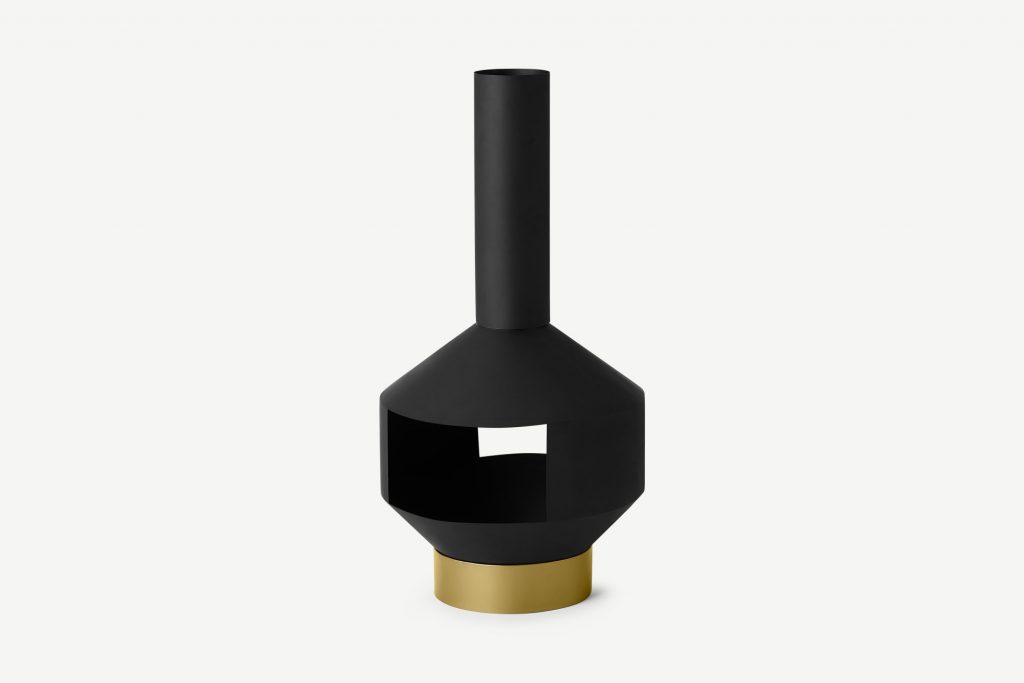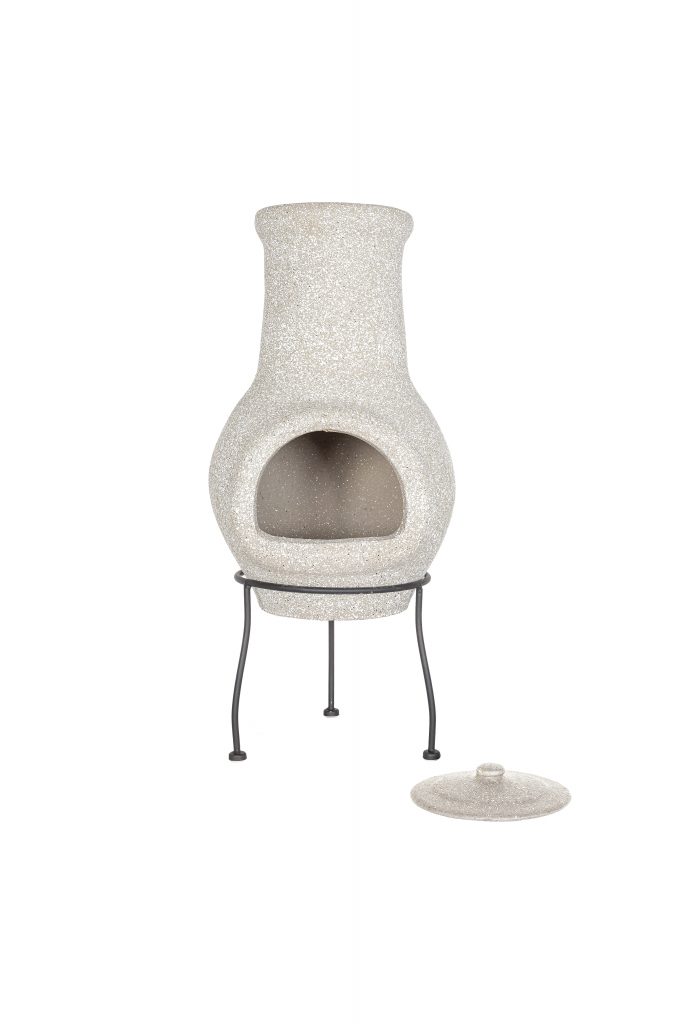As a nation, we’re still spending lots of time at home. Although restrictions may have been relaxed, many of us are still working from home, commuting less or spending less time travelling. It’s no wonder, then, that barbecues and firepits have become the must have items for summer 2021, as we all move outside into the garden and start socialising again. Chiminea stoves have also seen a surge of popularity, as many people would rather socialise outside than in at the moment. We take a look at the what, how and why of chiminea stoves.
What are chiminea stoves?
The name is Spanish for ‘chimney’. They’re basically old-fashioned, pot-bellied stoves – the sort of thing that would once have been used to heat a house. Traditionally, it would have been made of clay and made with a bulbous lower half and a tall, narrow chimney. This design means it won’t be extinguished by raining coming down the chimney.
Why have a chiminea instead of a firepit?
Both have advantages and disadvantages. A firepit features open flames, which looks very pretty but can be a hazard – especially on a windy night when sparks are flying. A chiminea is efficient at heating, as the stove itself heats up and diffuses heat through the sides. It also burns fuel more slowly so takes less upkeep. As they’re narrow and upright, they’re also sometimes more suitable for smaller spaces than are firepits.
Positioning your chiminea
The stove needs to be placed on a solid, level surface where there’s no chance of it toppling over. The corner of a terrace or patio is perfect. If you don’t have anywhere suitable, you will need to lay a couple of paving stones or similar to provide a foundation. The stove must be completely vertical in order for the chimney to function properly, and it should be away from any overhanging branches or obstructions that might catch a spark.
What to look for when buying new chiminea stoves
The most important criteria is size – a small stove risks being knocked over and also not really being very good at heating more than the immediate area. Another problem with very small stoves is that you can only fit tiny pieces of wood inside them, which can mean a lot of hard work for someone! Clay chiminea stoves require a little more maintenance than metal versions, and should really be put inside during the winter. If you have to leave it outdoors, then consider a protective cover. When you’ve finished using your stove, make sure the fire is out and that the ashes aren’t going to spark back up again – if you’re at all unsure then douse the ashes with water before going to bed.
Hoole Enebro cast iron chiminea log burner, Gardenesque
This chiminea log burner is made from durable cast iron that radiates heat, and has a spark guard metal door. for safety. An adjustable air vent helps you regulate the intensity of the flames, keeping you comfortable so you can enjoy being outdoors for longer. £149.99, available from Gardenesque.
Abura metal chininea, MADE.com
This industrial-inspired Abura chiminea is a modern take on a traditional idea. Made from matte black and brass metal, it costs £169 from MADE.com.
La Hacienda Wela clay chiminea stove, B&Q
This budget-friendly option (above and main image) is hand crafted and hand finished. It comes complete with a rain lid and sturdy steel stand and costs £45 from B&Q.










